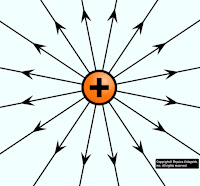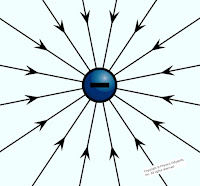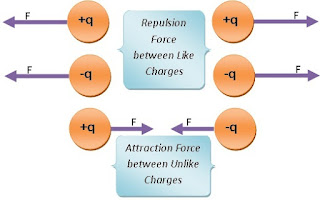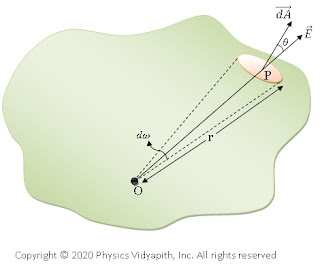1.) Wein’s laws of Energy distributions→
A.) Wein's Fifth Power law→
The total amount of the energy emitted by a black body per unit volume at an absolute temperature in
the wavelength range $\lambda$ and $\lambda + d\lambda$ is given as
$E\lambda \cdot d\lambda= \frac{A}{\lambda^{5}}f\left ( \lambda T \right ) \cdot d\lambda \qquad (1)$
Where $A$ is a constant and $f(\lambda T)$ is a function of the product $\lambda T$ and is given as
$ f\left ( \lambda T\right )=e^-\frac{hc}{\lambda kT}\qquad (2)$
From equation $(1)$ and $(2)$
$E_\lambda \cdot d\lambda = \frac{A}{\lambda ^{5}}e^\frac{-hc}{\lambda kT} \cdot d\lambda$
$E_\lambda \cdot d \lambda = A \lambda ^{-5} e^\frac{-hc}{\lambda kT} \cdot d \lambda$
Wien’s law energy distribution explains the energy distribution at the short wavelength at higher
temperatures and fails for long wavelengths.
B.) Wein's Displacement law→
As the temperature of the body is raised the maximum energy shift toward the shorter wavelength i.e.
$\lambda_{m} \times T = Constant $
Where
$\lambda_m$- Wavelength at which the energy is maximum
$T$-Absolute temperature
Thus, if radiation of a particular wavelength at a certain temperature is adiabatically altered to another wavelength then temperature changes in the inverse ratio.
2.) Rayleigh-Jean’s law→
The total amount of energy emitted by a black body per unit volume at an absolute temperature T in the wavelength range $\lambda $ and $\lambda +d\lambda $ is given as
$E_{\lambda}.d\lambda = \frac{8\pi kt}{\lambda ^{4}}.d\lambda$
Where K– Boltzmann’s Constant which has valve $ 1.381\times 10^{23}\frac{J}{K}$
This law, explains the energy distribution at the longer wavelength at all temperatures and fails totally for the shorter wavelength.
Note→
The energy distribution curves of the black body show a peak while going towards the ultraviolet wavelength (shorter $ \lambda $) and then fall while Rayleigh-Jeans law indicates continuous rise only. This is the failure of classical physics.
3.) Stefan-Boltzmann Law→
The total amount of heat radiated by a perfectly black body per unit area per second is directly proportional to
the fourth power of its absolute temperature $(T)$. i.e.
$E \propto T^{4}$
$E = \sigma T^{4}$
Where $\sigma$= Stefan’s Constant which has value $5.67\times 10^{-8} W-\frac{K^{4}}{m^{2}}$
It is a black body at absolute temperature $T$ is surrounded by another black body at absolute temperature $T_{0}$, The net amount of heat $E$ lost by the former per second per $cm^{2}$ is→
$E=\sigma (T^{4}-T_{0}^{^{4}})$
$\lambda_m$- Wavelength at which the energy is maximum
$T$-Absolute temperature



















